massachusetts institute of technology
Latest

MIT suspends its research partnerships with Huawei and ZTE
The Massachusetts Institute of Technology is putting its funding and research ties with Huawei and ZTE on hold due to US investigations against the Chinese companies. The university will also add extra layers of scrutiny to projects and funding linked with China, Russia and Saudi Arabia.

MIT developed a new system to help robots track objects
Researchers at the Massachusetts Institute of Technology have developed a new system that will either improve the quality and accuracy of robotics or lead to humanity's inevitable demise at the hands of mechanical overlords. Using RFID tags, the researchers were able to make robots more efficient and accurate when tracking moving objects. The development carries major implications for the future of drones, manufacturing robots and many other applications.

Teaming humans with robotic AI will remake modern manufacturing
Your public school education exists, in large part, thanks to the Second Industrial Revolution. When the revolution took hold of America in the 1870s, 30 years after the end of the first, half of the US population still spent their days toiling in fields. Education was typically voluntary, assuming the family was wealthy enough to afford tutors or school fees, and usually reserved for boys. With the development of commercial fertilizer and the internal combustion engine, productivity exploded while the number of farmers dropped to less than two percent of the population. It lessened the demand for child labor which in turn led to increased support for compulsory education for both sexes.
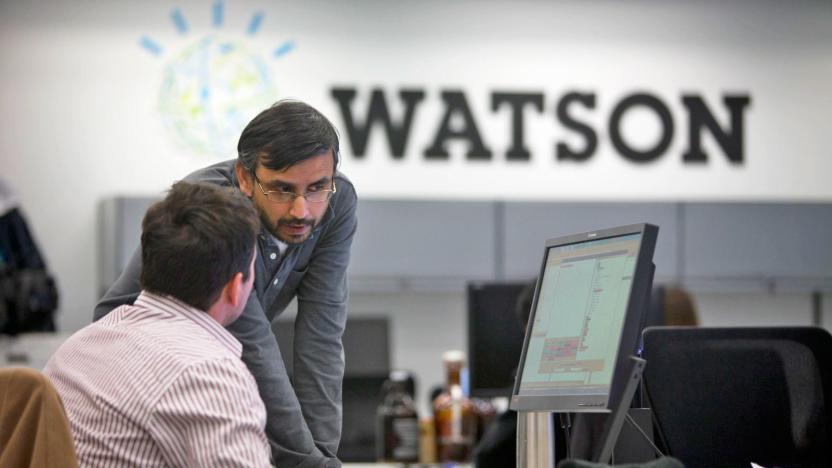
IBM is installing a Watson AI lab at MIT
Both MIT and IBM are leaders in the field of Artificial Intelligence and now they're teaming up. IBM announced on Thursday that it had reached a 10-year research partnership agreement with the university worth nearly a quarter of a billion dollars. That investment will see more than 100 researchers from both organizations collaborating to advance four key focus areas within the AI field.
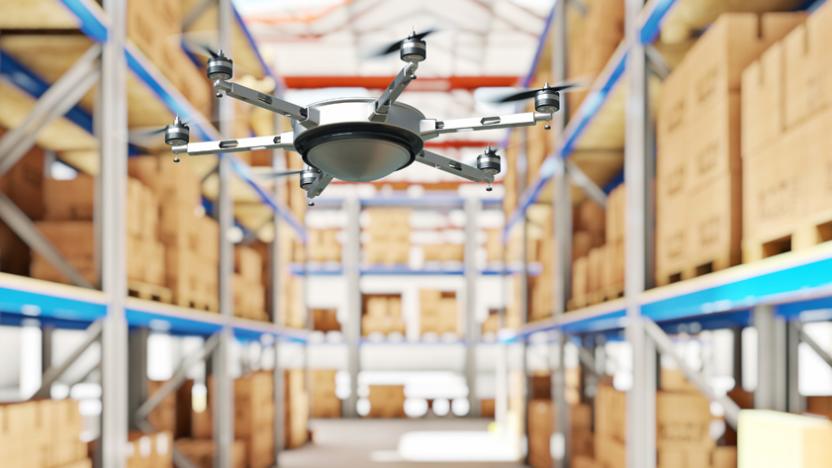
MIT researchers use drone fleets to track warehouse inventory
Imagine a warehouse buzzing with tiny drones that automatically track and monitor inventory from afar, leaving workers free to manage and move material. That's the new system developed by MIT researchers, which could prevent mismatches and help employees find particular items faster on top of looking really cool with a bunch of worker drones zipping around.
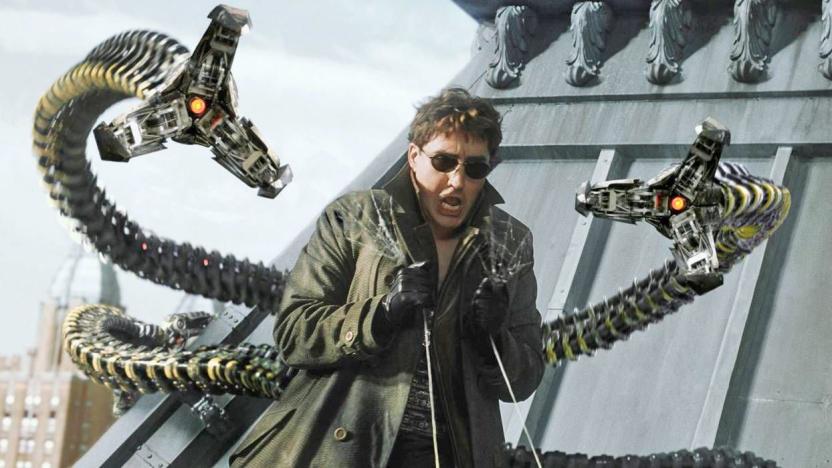
Everyone could soon have the powers of Doctor Octopus
Doctor Otto Octavius may have been a power-mad scientist bent on world domination and the utter ruin of his nemesis, Spider-Man, but the guy had some surprisingly cogent thoughts on prosthetics development. And although mind-controlled supernumerary robotic limbs like Doc Oc's still only exist in the realm of the Marvel Universe, researchers here in reality are getting pretty darn close to creating their own. And in the near future, we'll be strapping on extra appendages whenever we need a helping hand -- or supplemental third thumb.

MIT’s new AI can keep streaming video from buffering
Buffering and pixelation are the scourge of streaming video. It ruins the experience for viewers, robs advertisers of revenue as said viewers tune out, and causes technical headaches for streaming services which have to engineer solutions. But a new neural network AI from MIT CSAIL may be just what the internet needs for velvety smooth streaming services.

Edible robot surgeons will cure you from the inside out
Back in 1985, the best robotic surgeon we had was the Puma 560, a manipulator arm just barely more advanced than Rocky Balboa's robo-butler. Just barely. The Puma was nevertheless revolutionary. It was the very first mechanical operator, progenitor to steady-handed robo-surgeons like the DaVinci system. But in the near future, robots will no longer be cutting into us -- from the outside, at least.
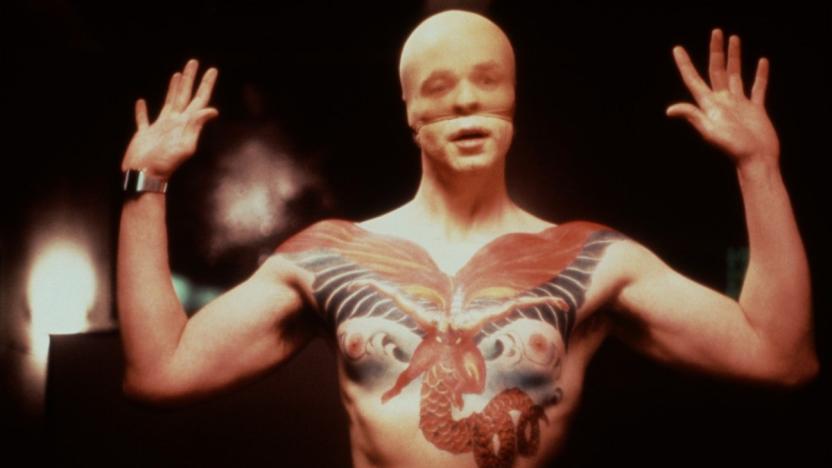
After Math: Do you see?
It was an illustrative week for machine vision. Sony's high-speed eyes allow robots to see at 1000 FPS, IBM trained a neural network to spot schizophrenia, and MIT's AI knows what's in your meal just by looking at it. Numbers, because how else do you measure your myopia?
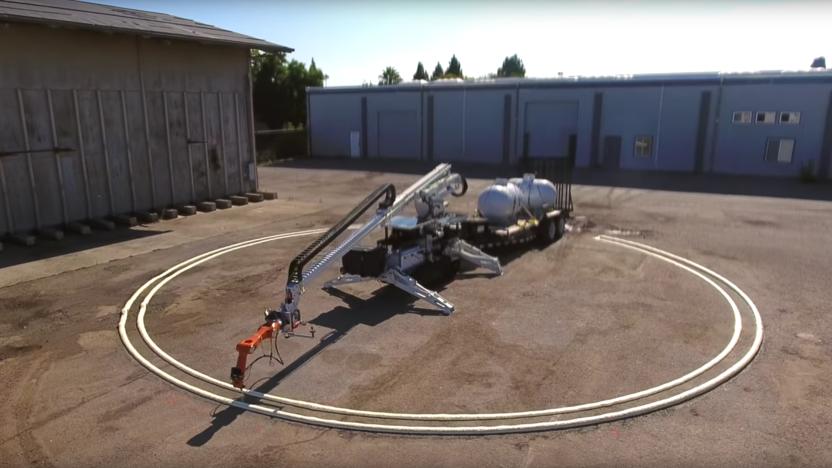
MIT's mobile 3D printer built the largest structure to date
Your next house could be built by a robot. Following the recent success of San Francisco-based startup Apis Cor, a team of MIT researchers have created a mobile autonomous 3D printer of their own. And to prove that the prototype works, the team had it build a 12-foot tall, 50-foot-wide igloo out of quick-setting foam -- the largest such structure made by a robot to date.

MIT builds low-cost synthetic muscles out of nylon cord
Researchers have been trying to build durable, low-cost synthetic muscles for years but to no avail. The systems developed so far have either been too expensive to produce en mass (like carbon nanotube) or too delicate and power hungry (looking at you, shape-memory alloys) to be useful outside of laboratory conditions. But a team from MIT have just struck upon the Goldilocks zone of robo-muscles with nylon fiber of all things.

MIT makes neural nets show their work
Turns out, the inner workings of neural networks really aren't any easier to understand than those of the human brain. But thanks to research coming out of MIT's Computer Science and Artificial Intelligence Laboratory (CSAIL), that could soon change. They've devised a means of making these digital minds not just provide the correct answer, classification or prediction, but also explain the rationale behind its choice. And with this ability, researchers hope to bring a new weapon to bear in the fight against breast cancer.

MIT engineers make beaver-inspired wetsuit to keep surfers warmer
Large oceangoing creatures, like whales and seals, keep warm with thick layers of blubber. But smaller mammals like beavers and otters have a different method of insulation: Their dense fur, which traps warm air bubbles to separate their body from cold waters. MIT engineers have devised a wetsuit featuring a similar hairy layer made of rubber to insulate divers and surfers.

New MIT tech lets you mess with objects in pre-recorded video
Despite everything going on within the frame, videos are still a passive experience to observe. You can't reach in and mess with the objects you're watching — until now. An MIT researcher has pioneered new technology that lets you "touch" recorded things, which are simulated to respond like you'd fiddled with them in the real world.

Gene editing can end disease and fight global famine
We're looking at the single greatest advancement in genetics since Mendelev started growing peas. CRISPR-Cas9 gene-modification technology is powerful enough to cure humanity's worst diseases, yet simple enough to be used by amateur biologists. You thought 3-D printers and the maker movement were going to change the world? Get ready for a new kind of tinkerer -- one that wields gene-snipping scissors.

Kirigami-inspired solar cells can track the sun without motors
Researchers at the University of Michigan announced on Wednesday that they have developed a method of keeping solar cells turned toward the sun without the need for heavy and energy-hungry motors. Their method is based on the Japanese art of Kirigami -- like origami but with cuts in addition to folds. The team's panel is printed on a flexible kapton substrate which has dash-like cuts running across its surface. When stretched, the panel forms a mesh with each section twisting slightly. The degree of twist, which will allow the panel to follow the path of the sun, depends on how much the panel is stretched. "The design takes what a large tracking solar panel does and condenses it into something that is essentially flat," Aaron Lamoureux, lead author on the paper published in Nature Communications, said in a release.

The Big Picture: It's always sunny in Brooklyn
Google isn't the only company looking to map out urban skylines ahead of the solar revolution. The folks at MapDwell create surveys similar to Sunroof using technologies developed at MIT, and for more cities to boot. The company has already mapped out New York City, as you can see above, as well as Boulder, Colorado(for growing solar-powered hydroponic kush, obvs), all of the confusingly-named Washington County, Oregon and now San Francisco. "We range irradiation (energy that falls onto the surface) for each city," MapDwell wrote to Engadget. "From zero (dark brown) to maximum or ideal (bright yellow), we call this Solar Access Index or SAI." As such, the southern tip of Manhattan probably isn't the best place for a solar installation. And unfortunately, the service does not also extend to solar-powered food carts.

MIT's newest 3D printer spouts 10 materials at a time
One of the biggest hindrances to current 3D printers is that they almost exclusively stick to a single precursor be it plastic, metal or glass. At most, you can get one that extrudes three materials at a time and they're going set you back a quarter of a million dollars. However, a team of researchers at MIT's Computer Science and Artificial Intelligence Laboratory (CSAIL) have debuted a novel solution that allows users to create more complex items in a fraction of the time and cost by printing up to ten different materials simultaneously.

MIT team gets us one step closer to robot bartenders
Sure, we've seen machines that can mix drinks with the help of an app and robot bartenders that can create cocktails out of Keurig-esque pods, but they all require you to actually push the control buttons and carry your own beverages. The horror! Fortunately for lazy drinkers everywhere, members of the CSAIL (Computer Science and Artificial Intelligence Laboratory) team at MIT recently presented a system of robots working together in a "bar" scenario that consisted of a PR2 robot "bartender" and two four-wheeled open-source "Turtlebot" kits acting as waiters. That... must have been a mighty tough day at work.

MIT's big ideas for small kit that makes crime scene investigations faster, cheaper
Mass spectrometry. What's it good for anyway? Analyzing substances to figure out just what they are, that's what. The inherent problem with the process, though, is that it's basically impossible to do outside of a dedicated lab. Researchers at the Massachusetts Institute of Technology (more commonly known as MIT) think they have a solution to that problem: shrinking the necessary testing components down to nanoscale-sized versions, which would allow analyses to be performed with a tool the size of a smartphone. They'd be a lot cheaper too, dropping the price from "tens of thousands of dollars" down to "hundreds" according to MIT News. Ideally, this would make vaporizing (!) samples a ton faster without crime scene investigators, among others, sacrificing the analysis' quality for convenience -- as if criminals needed more worries about covering their tracks. [Image credit: Getty]





